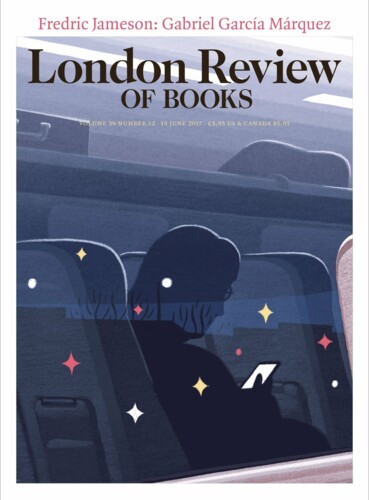Student halls of residence have now joined cruise liners, care homes, meat plants, giant evangelical church gatherings and migrant worker dormitories as Covid-19 transmission hot spots. The US is top of the league table so far. A New York Times survey found that by 25 September, 1300 colleges had been affected and 130,000 students had tested positive. Universities in Scotland start teaching earlier than in the rest of the UK, so here they have led the way, with cases and outbreaks at St Andrews, Aberdeen, Glasgow and Edinburgh. Many other universities in England, Wales and Northern Ireland have followed since.
Hugh Pennington
Hugh Pennington’s Covid-19: The Post-Genomic Pandemic is due in the autumn.
In 1964 there was a typhoid outbreak in Aberdeen caused by contaminated corned beef from Argentina. Opinion among older Aberdonians is sharply divided about Ian MacQueen, the local medical officer of health. Some say he saved the city. Others say he did more damage than good. Dr MacQueen ran daily press conferences. At the beginning he said the outbreak was under control and the number of cases would be small. Then, as case numbers continued to rise, he started doom-laden talk about a second wave, and predicted as many as 40,000 possible cases. But as case numbers fell, his waves turned into a series of wavelets. At the end of the outbreak, 507 cases had been diagnosed. There were no waves, or even wavelets. Three people died, none of typhoid.
Pharmacopoeia raiders are busy, looking for Covid-19 remedies that might be hiding in the long list of tried, tested and safe drugs. I did this for smallpox a long time ago, when it was discovered that the antibiotic rifampicin blocked its growth. It turned out that the effective dose was far too high to be useful. The smallpox strain I used in this work was called Butler. It had been isolated in Rochdale during a big outbreak in 1952. Most of the 138 cases had never been vaccinated. Nobody died, because the causative virus was variola minor, very closely related genetically to classical smallpox – variola major – but very different in its clinical effects: v. minor with a case fatality rate in the unvaccinated of less than 1 per cent and v. major with a rate higher than 20 per cent.
Covid-19 has made A&E departments very quiet. I worked in the one at St Thomas’s Hospital when it was called Casualty. Undressing a homeless patient once caused the centrifugal escape from his clothes of a shimmering sheen of lice, hundreds of them. Sister Cas was called. She rolled up her sleeves and said: ‘This reminds me of Dunkirk!’ Most lousy people have only a handful. The best quantitative study of lousiness was done by Alexander Peacock, an RAMC entomologist, in the trenches on the Western Front in the First World War. He found that 95 per cent of the soldiers were infested, more than 60 per cent with 20 lice or fewer, but 2.8 per cent – he called them ‘horrible examples’ – had more than 350 on their trousers and shirts. This pattern of distribution, in which most of a human population’s parasites are concentrated in only a few individuals, is very common. Statisticians call it ‘overdispersion’.
More than sixty years ago, puffing on an untipped Senior Service (we were allowed to smoke in those days) to cover up the reek in a dissecting room at St Thomas’s Hospital, I was struck down by a pandemic virus that had recently evolved in China. By the time I fell ill (its onset was very sudden) the virus had already killed more than 20,000 people in the UK, with 1150 dying every week at its peak, and 80,000 in the US. In the first UK wave, more than half the deaths occurred in the under-55s. It went for the elderly later, in its second wave. It killed quickly: nearly 20 per cent of its younger victims died before getting to hospital and two-thirds were dead within 48 hours of admission. But it has been airbrushed out of history, despite being by far the most lethal pandemic to affect Britain at any time in the hundred years after the ‘Spanish’ flu pandemic at the end of the First World War.
Read anywhere with the London Review of Books app, available now from the App Store for Apple devices, Google Play for Android devices and Amazon for your Kindle Fire.
Sign up to our newsletter
For highlights from the latest issue, our archive and the blog, as well as news, events and exclusive promotions.

